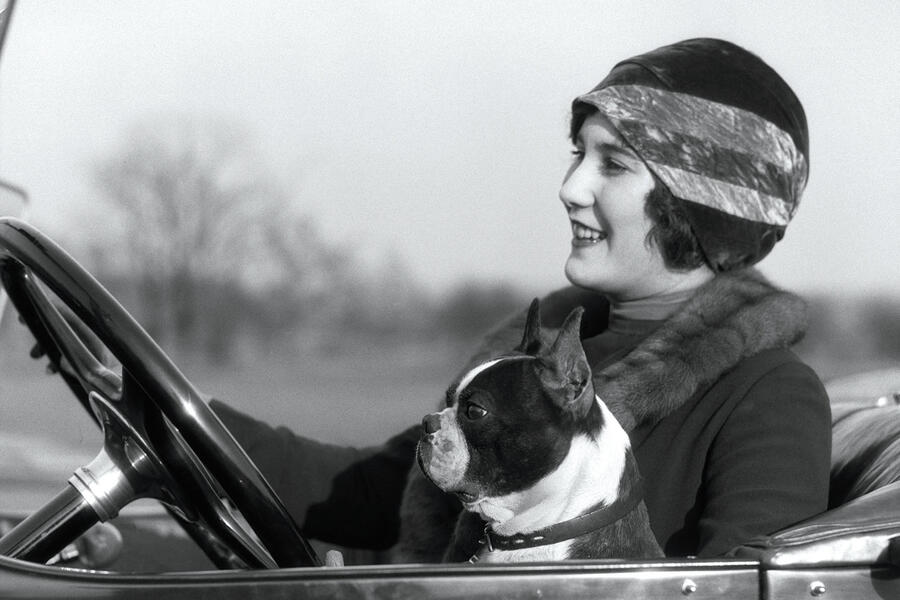
“Here – for the first time – is a car specially designed to appeal to the woman who has very definite ideas about the car she wants her husband to buy,” read an ad in 1955.
“While to all outward appearances this special One-O-Four is entirely suitable for everyday business use, [it also has many] luxury features carrying a strong feminine appeal.”
Today, most women would find it insulting for a car maker to try and attract them with a special set of maps, rugs, a picnic set, and an in-dash vanity case containing Max Factor cosmetics.
In motoring, as in many aspects of life, it has been a long struggle to eliminate chauvinism. Interestingly, it was a woman named Bertha Benz (the wife of Karl) who took the first significant car journey in 1885, and others soon followed her.
In 1898, an anonymous Brit wrote to us saying, “When I decided to have a motor and drive it myself, I found it quite easy. In fact, I think a woman would be a better driver than a man. I’m surprised that I don’t see more ladies driving alone.”

However, during that time, women couldn’t vote, open a bank account, or have many jobs, so men often complained about them driving. “Women should not drive,” one asserted in 1905. They believed that women were better off staying at home and that they lacked the nerve to drive on crowded streets.
When Britain’s men had to go to war in the Great War, driving jobs had to be filled by women, which turned out to be helpful for their cause. A lieutenant colonel wrote that many women joined with no experience, which made for nerve-racking times. However, thousands of women quickly acquired the necessary skill and experience and successfully replaced men in those roles.
In the 1920s, it became more acceptable for women to lead independent lives, so many more women took up driving. Elizabeth Butler noticed that the gender split was fairly even at motor shows, and she noted that no car company made separate cars for men and women because their needs as drivers were practically the same. ‘Latona’ encouraged those who were nervous, saying, “Has any woman ever admitted she could not use a pedal sewing machine? No! Well, if she can do that, which means using her feet, hands, and brain at the same time, then she can soon drive a car.”